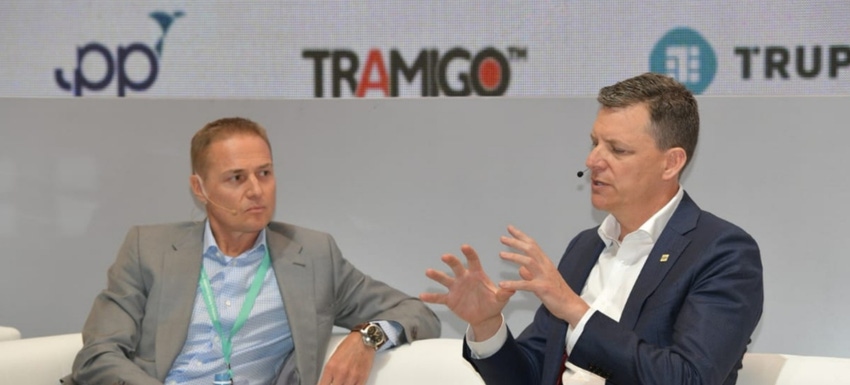Handsets are now the biggest hurdle to adoption in Africa – MTN CEO
Connecting the African continent is always going to be a complicated job, but the availability of handsets is now the biggest challenge according to MTN CEO Rob Schuter.
November 12, 2019

Connecting the African continent is always going to be a complicated job, but the availability of handsets is now the biggest challenge according to MTN CEO Rob Schuter.
When most people visit the continent of Africa, they are likely drawn to touristic countries such as Morocco, South Africa or Tunisia, and while some scenes might jar, the picture is misleading. These countries might not be as advanced as those in Europe or North America, but they are not a fair representation of the wider continent either, as Schuter highlighted at AfricaCom 2019.
MTN has roughly 220 million subscribers across the region, though only 87 million are mobile broadband customers. Like traditional banking, only a third of the African continent is connected to the internet. Deployment of connectivity infrastructure might be motoring along, but adoption of these services is not.
There is of course a myriad of reasons for this, but according to Shuter, the affordability of handsets is at the top of the list.
Average monthly earnings in Africa are as little as $100 a month. ARPU is $4, which is perhaps on the steep side, though most entry level smart-feature phones cost $40. This is where it becomes difficult for an individual to take the step into the digital economy; how many individuals can justify 40% of their monthly income to purchase a device?
That said, the situation is not as dire as it used to be. MTN has launched the Smart S device, a hybrid device with the appearance of a feature phone but with some internet services capabilities, Vodacom has launched a number of different alternatives such as the Vibe 4G or the Smart Kicka 3, while Nokia and Alcatel have debuted their own devices as well. But despite the efforts to decrease price, more work needs to be done.
During one of the keynote panel sessions, Shuter’s point was echoed by Schalk Visser, CTO of Cell C, a challenger MNO in South Africa. Visser said there as still a remarkable number of unconnected individuals in the connected areas. Infrastructure has been deployed, addressing one of the key barriers to digital inclusion, though it is clear only a fraction of the problems are being addressed.
But while this is a significant challenge, it should also be noted the African connectivity conundrum is a tapestry of complication.
CHASE is a useful acronym to bear in mind here. Coverage, Handsets, Affordability, Service bundles and Education. The mobile ecosystem cannot exist with infrastructure to provide the coverage, handsets to act as the interface, affordable tariffs, and ecosystem of services and individuals who are educated in the ways and means of the internet economy.
Digital inclusion is of course a significant challenge for anyone based on the African continent, but affordable and reliable handsets are now the top challenge.
About the Author(s)
You May Also Like








.png?width=300&auto=webp&quality=80&disable=upscale)


_1.jpg?width=300&auto=webp&quality=80&disable=upscale)


.png?width=800&auto=webp&quality=80&disable=upscale)